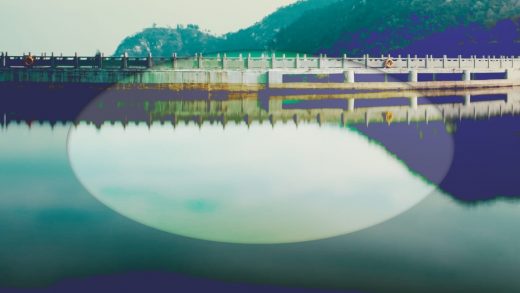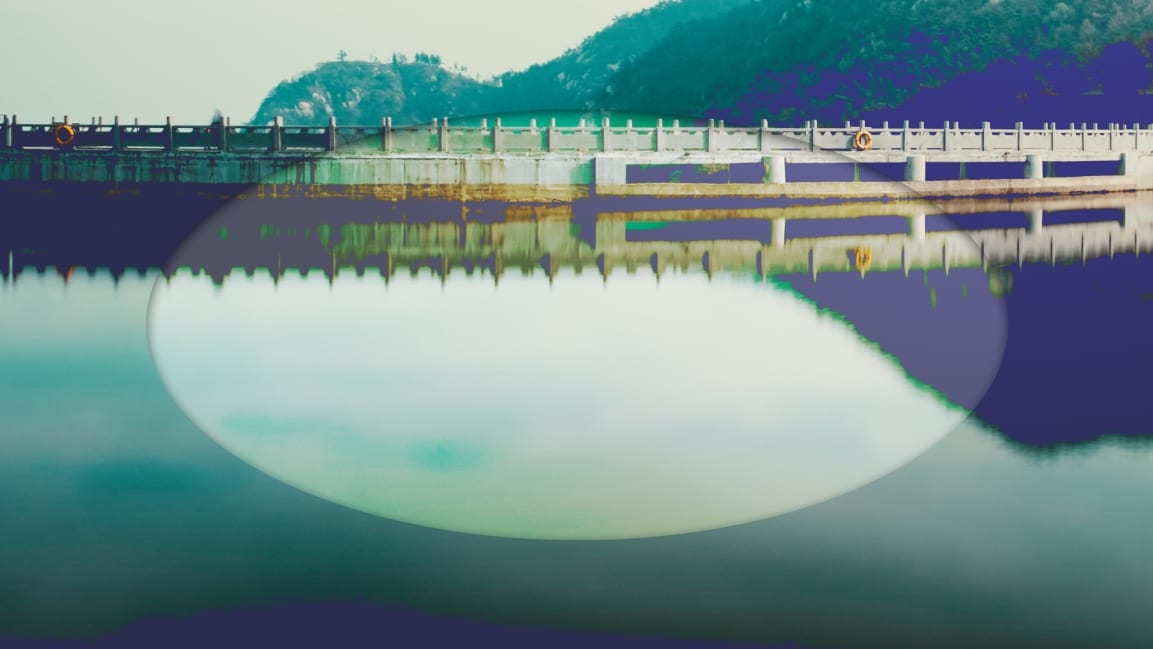MRIs are poisoning the environment with toxic metal
The lab test that we all thought was safe for everyone, magnetic resonance imaging (just magnets and radio waves! no radiation! yay!), turns out to be problematic: The process leaches toxic gadolinium into the water supply.
Researchers from Tokyo Metropolitan University tested river waters in Tokyo for gadolinium, a contrast agent given to patients receiving MRIs, which renders everything from tumors to inflammation to blood clots visible on scans. (Translation: Gadolinium is literally a lifesaver.) The concoction is safe in the body because the gadolinium is bound to a chelating agent, which makes it nonreactive. Patients later expel the compound from their bodies through urine—which is when the problems begin.
Most wastewater treatment plants cannot remove gadolinium, and it flows directly into natural waters. When exposed to UV light, the gadolinium can morph back into its toxic state, leading to—you guessed it—significant amounts of gadolinium floating in rivers. Quantities were notably high near treatment plants, and 500%-600% higher than levels measured 22 years ago.
Gadolinium is a rare metal that appears naturally in the earth. It is toxic to mammals and has been shown to build up in aquatic animals and environments. The recent study was published in the Marine Pollution Bulletin, which one imagines is generally a downer to read.
There are approximately 12,000 MRI systems in the U.S., a number that is expected to grow as the population ages. MRIs are particularly popular in Japan, which has the highest number of MRI machines per capita in the world, followed by the U.S. and Germany.
Previous research showed similarly high levels of gadolinium in a wastewater treatment plant in Germany.
(9)



